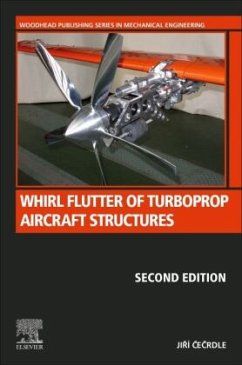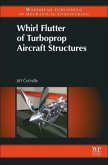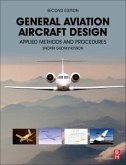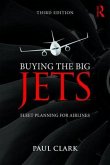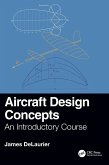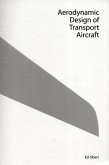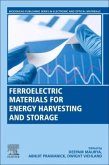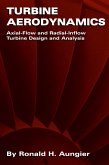Whirl Flutter of Turboprop Aircraft Structures, Second Edition explores the whirl flutter phenomenon, including theoretical, practical, analytical and experimental aspects of the matter. Sections provide a general overview regarding aeroelasticity, discussions on the physical principle and the occurrence of whirl flutter in aerospace practice, and experimental research conducted, especially from the 60s. Other chapters delve into analytical methods such as basic and advanced linear models, non-linear and CFD based methods, certification issues including regulation requirements, a description of possible certification approaches, and several examples of aircraft certification from aerospace.
Finally, a database of relevant books, reports and papers is provided. This updated and expanded second edition covers new chapters including both analytical and experimental aspects of the subject matter.
Finally, a database of relevant books, reports and papers is provided. This updated and expanded second edition covers new chapters including both analytical and experimental aspects of the subject matter.
".this book sheds light on a fascinating facet of aeroelasticity and provides a valuable source of information.most beneficial for practicing aeronautical engineers starting out in this field." --Czech Aerospace Proceedings
"In my opinion, Jiri Cecrdle's new book, Whirl Flutter of Turboprop Aircraft Structures is a thorough and well researched coverage of the analytical and experimental developments around this interesting facet of aeroelasticity. It deserves shelf space as a textbook for advanced engineering students as well as a reference for practicing aerospace engineers." --Dr. Wilmer H. Reed
"In my opinion, Jiri Cecrdle's new book, Whirl Flutter of Turboprop Aircraft Structures is a thorough and well researched coverage of the analytical and experimental developments around this interesting facet of aeroelasticity. It deserves shelf space as a textbook for advanced engineering students as well as a reference for practicing aerospace engineers." --Dr. Wilmer H. Reed

